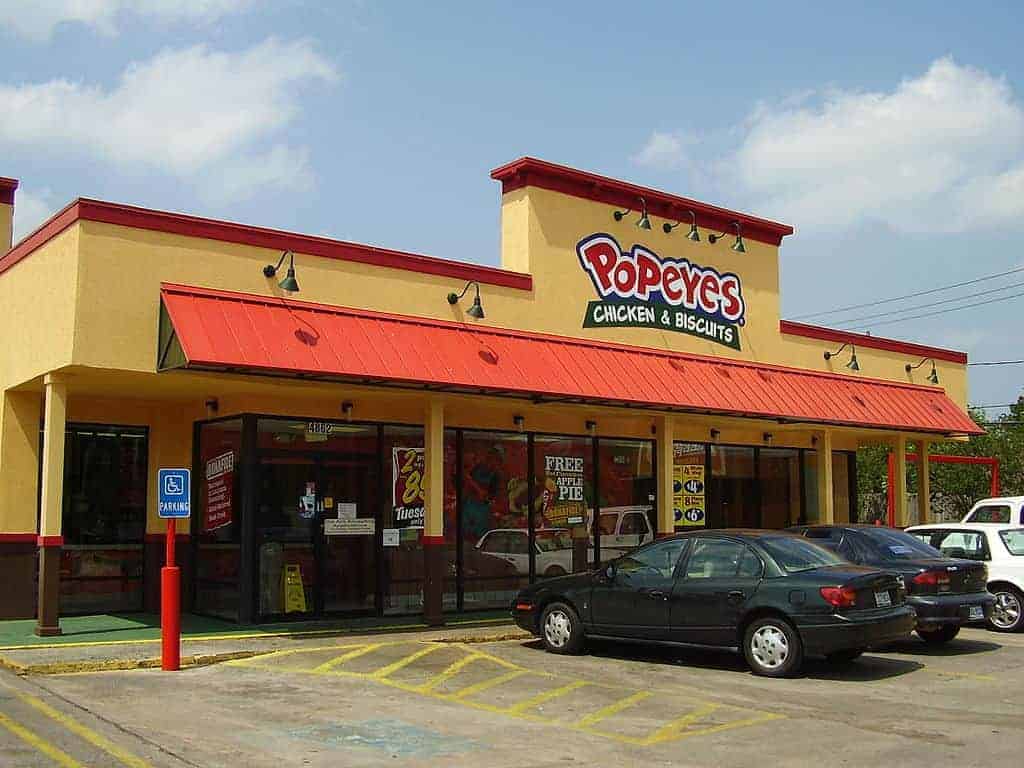Restaurant Brands International Inc. (TSX:QSR)(NYSE:QSR) released its third-quarter earnings today. The company posted revenue growth of 12%, as sales totaled over $1.2 billion for the quarter and were an improvement over the company’s Q2 results.
Net income of $91.4 million was also up from the $86.3 million that was recorded in the prior year. The company’s adjusted earnings per share of $0.58 increased from the $0.43 per-share profit that Restaurant Brands achieved last year.
At first glance, it looks like the company had a strong quarter, but let’s take a closer look to see what was behind the results.
Burger King stores show strong growth
In Q3, Burger King saw its comparable sales rise 3.6% and was higher than the minimal improvement (0.3%) that Tim Hortons achieved. The company’s Popeyes chain continues to struggle with comparable sales declining year over year by 1.8%.
However, investors should note that Popeyes was acquired early in 2017, and although comparable sales are down for the restaurant, current year results will only pad this year’s sales, as in 2016 Restaurant Brands would not have benefited from the chain’s results.
System-wide sales, which include locations open for less than a year, also saw significant growth come from Burger King, which saw an increase of over 11% as the restaurant benefited from more than 1,000 stores being added in the past year.
Using this metric, Popeyes had better growth (4.5%) than Tim Hortons (3%), although Popeyes saw a 6% rise in the number of restaurants it had a year ago compared to just a 4% increase in Tim Hortons locations.
Adjusted EBITDA still inflated by Popeyes results
Restaurant Brands saw its adjusted EBITDA rise 15% this quarter; however, a big part of the $76 million improvement came from Popeyes, which was not part of the consolidated results a year ago and added nearly $37 million to the line item this year.
Burger King contributed an additional $32 million on the back of its strong results, while Tim Hortons saw just an increase of $7 million in adjusted EBITDA.
Company debt levels remain high
In the last nine months, the company paid down debt and long-term leases totaling just under $1.7 billion, however; Restaurant Brands took out an additional $4.3 billion in debt during this time. The current portion of the company’s debt has risen from $8.4 billion a year ago to $11.3 billion this quarter for an increase of 34%.
Although the company has had a strong quarter and boosted its total equity, the high debt levels could be a reason for investors to steer clear of the company.
Should you buy the stock today?
Some investors may not be concerned about the company’s debt levels given that sales and profits continue to rise. However, the lack of strong growth from Tim Hortons and the poor-performing sales of Popeyes could lead to issues further down the road. If the company continues to add to its debt load without seeing a payoff in earnings, then it could be a recipe for disaster.
The big challenge for Restaurant Brands is how it will be able to continue to grow sales at two very saturated restaurant chains, while its newest addition is failing to see any improvement in its comparable-store sales.








